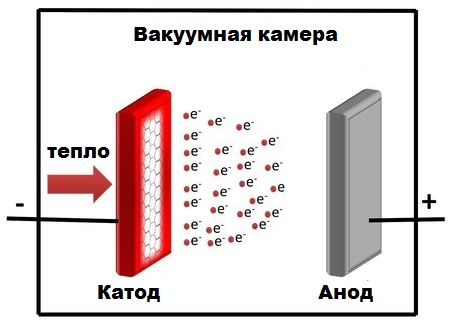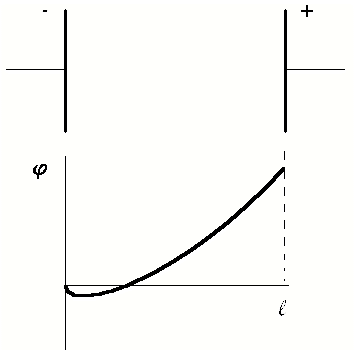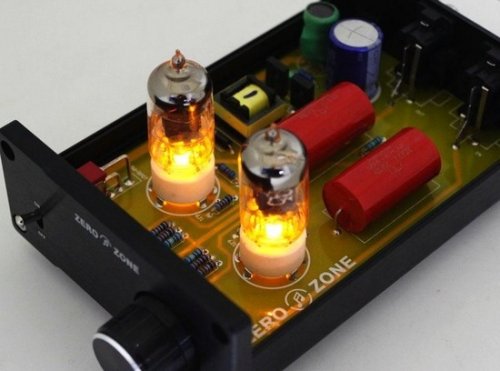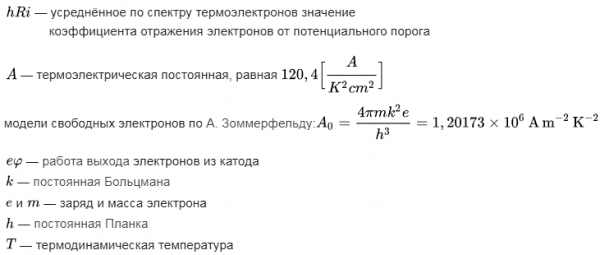Electric current in a vacuum
In a technical sense, space is called a vacuum, the amount of matter in which, compared to an ordinary gaseous medium, is insignificant. Vacuum pressure is at least two orders of magnitude lower than atmospheric pressure; under such conditions, there are practically no free charge carriers in it.
But as we know electric shock is called the ordered movement of charged particles under the action of an electric field, while in a vacuum, by definition, there is no such number of charged particles that is sufficient to form a stable current. This means that in order to create a current in a vacuum, it is necessary to somehow add charged particles to it.
In 1879, Thomas Edison discovered the phenomenon of thermionic radiation, which today is one of the proven ways to obtain free electrons in a vacuum by heating a metal cathode (negative electrode) to such a state that electrons begin to fly out of it. This phenomenon is used in many vacuum electronic devices, in particular in vacuum tubes.

Let's place two metal electrodes in a vacuum and connect them to a DC voltage source, then start heating the negative electrode (cathode). In this case, the kinetic energy of the electrons inside the cathode will increase. If the electron energy additionally obtained in this way turns out to be sufficient to overcome the potential barrier (to perform the work function of the cathode metal), then such electrons will be able to escape into the space between the electrodes.
Since there is between the electrodes electric field (created by the above source), electrons entering this field should begin to accelerate in the direction of the anode (positive electrode), that is, theoretically, an electric current will occur in a vacuum.
But this is not always possible, and only if the electron beam is able to overcome the potential pit on the surface of the cathode, the presence of which is due to the appearance of a space charge near the cathode (electron cloud).
For some electrons the voltage between the electrodes will be too low compared to their average kinetic energy, this will not be enough to exit the well and they will go back, and for some it will be high enough to calm the electrons down the - onwards and begin to be accelerated by the electric field. Thus, the higher the voltage applied to the electrodes, the more electrons will leave the cathode and become current carriers in a vacuum.

So, the higher the voltage between the electrodes located in a vacuum, the smaller the depth of the potential well near the cathode.As a result, it turns out that the current density in the vacuum during thermionic radiation is related to the anode voltage by a relationship called Langmuir's law (in honor of the American physicist Irving Langmuir) or the law of the third:

Unlike Ohm's law, here the relationship is non-linear. Also, as the potential difference between the electrodes increases, the vacuum current density will increase until saturation occurs, a condition where all electrons from the electron cloud at the cathode reach the anode. Further increasing the potential difference between the electrodes will not result in an increase in current. R
Different cathode materials have different emissivity, characterized by the saturation current. The saturation current density can be determined by the Richardson-Deshman formula, which relates the current density to the parameters of the cathode material:

Here:
This formula was derived by scientists based on quantum statistics.


